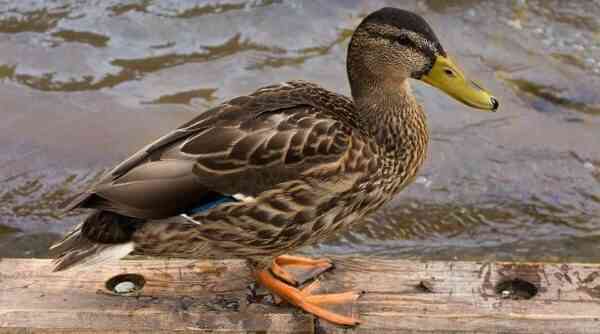Some people sometimes mistakenly believe that ducks are stupid birds. This is not at all the case, they are smart enough, besides, nature itself has adapted them to survive in the most severe conditions. These birds are capable of crossing seas and continents, surviving extreme cold and eating a wide variety of foods. For this, perhaps, they should be thanked by evolution.
Interesting facts about ducks
- Of more than 110 species of ducks existing in the world.
- Three-quarters of all domestic ducks (about 2 million) are reared annually in China.
- Contrary to popular myth, duck quacking still has an echo under certain conditions. But in most cases, there really is no echo, this is a fact.
- Drakes cannot quack at all – only females of these birds can reproduce this sound.
- There are more vertebrae in the neck of a duck than in the neck of a giraffe.
- An adult duck can lay up to 240-260 eggs in a year.
- Cases have been recorded when ducks floating on the surface of the reservoir became victims of large pikes (interesting facts about pikes).
- Duck feathers cannot be wetted, because they are covered with a special fatty layer. This secret is produced by glands near the base of the tail feathers, and ducks apply it all over the body with their beak.
- The paws of these birds are unable to feel the cold, since they do not have blood vessels and nerve endings.
- During the annual molt, ducks lose their ability to fly, as they lose a lot of feathers.
- Moving on land, these birds clumsily roll from side to side due to their short and, moreover, widely spaced legs.
- Everyone knows that ducks sometimes dive under water in search of food, but few people know that the depth their dive can be 5-6 meters.
- After eating, they swallow stones and clay. This helps them digest food more efficiently.
- Baby ducklings really consider the first creature they see when they get out of the egg to be their mother. Moreover, this creature may turn out to be, for example, a person or a domestic cat – ducklings do not care.
- Duck meat is popular with cooks almost all over the world. The only region where domestic ducks are almost not bred is the countries of South and Central America.
- Once, back in 1992, during a storm, several containers filled with plastic ducks were washed off the deck of a merchant ship. In total, about 30 thousand toys were lost, and then they were found in different parts of the world for several years. But every cloud has a silver lining – thanks to these findings, scientists managed to learn a lot about ocean currents.
- During migration, ducks sometimes fly 400-500 kilometers a day.
- Ducks have as many as three century. One for blinking, one for eye protection, and one for sleep. Owls, by the way, have the same (interesting facts about owls).
- Ducks usually fly at an average speed, but once researchers recorded a wild duck flying at a speed of 170 km/h. She was flying in front of a small plane, and was obviously terrified to death, which gave her strength.
- These birds do not often rise to a height of more than a kilometer, however, they are capable of it. Once in the USA, a plane collided with a duck at a height of 6.5 kilometers.
- Ducks have 80 chromosomes.
- According to the discovered archaeological finds, about 5000 years ago in ancient Mesopotamia, people already domesticated ducks and rushed to breed them.
- During the molt, these birds stop laying eggs.
